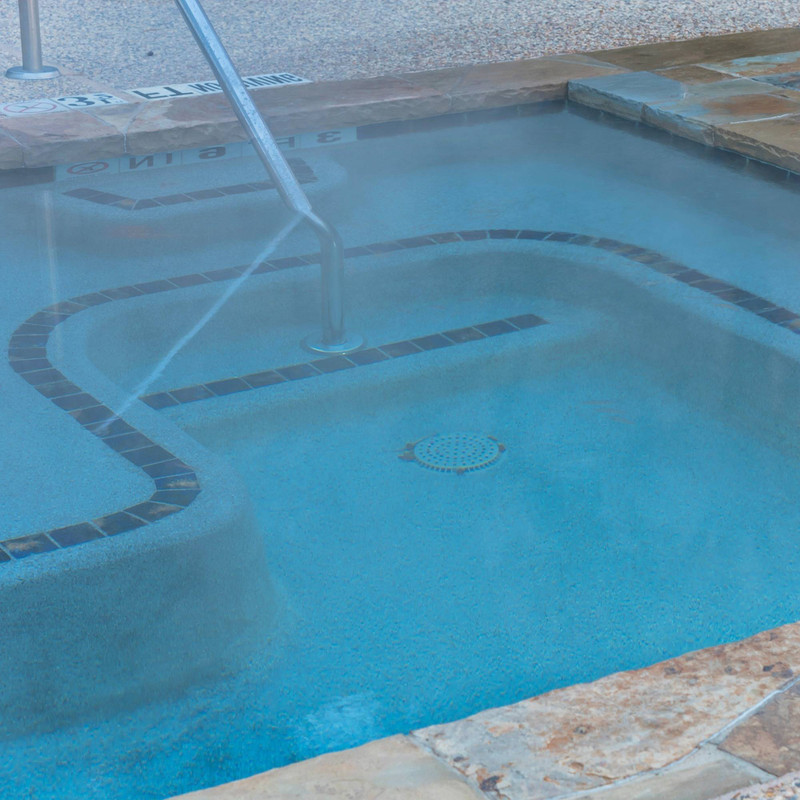Pool Shock Essentials: When, Why and How to Shock Your Pool
Jun 11th 2024

What is Pool Shock?
Why Do I Need to Shock My Pool?
When to Shock a Pool
During swim season, it's a good idea to shock your pool water at least once a week – more often after a party or bad weather, notes Homes & Gardens. Signs like algae, foamy water or cloudiness mean it's time to shock your pool.
Interestingly, you shouldn’t normally smell the chlorine in your pool. If you do, says Swim University, that means the chlorine is no longer sanitizing the water and it’s time for a shock treatment.
Choosing the Right Pool Shock
Pool shock comes in liquid, powdered, or granular form. They all work the same way, but there are differences in the way they are used.
Liquid shock for pools is typically more budget-friendly. It tends to sanitize more quickly and can be added directly to the pool water. However, splashes and spills can be dangerous and must be handled carefully. Liquid pool shock is corrosive and harmful to your skin, eyes and respiratory system.

How to Shock a Pool
Before you add pool shock, make sure the pH level of the pool water is between 7.2 and 7.8. You may need to adjust the pH using a pH increaser or decreaser. Then, add the right amount of shock based on your pool's size and chlorine levels.
How much shock you need is determined by the size of your pool and the type of shock you use. When using calcium hypochlorite or sodium dichlor, two granular shock treatments, you typically use one pound of shock granules for every 10,000 gallons of water. For sodium hypochlorite, or liquid chlorine, use 10 ounces for every 10,000 gallons of pool water.
Pool Calculator offers this formula: Length of your pool (feet) x width (feet) x depth (feet) x 7.5 = volume in gallons.
Keep in mind that when treating algae, you may need to double or even triple the amount of pool shock.
When handling pool shock, always wear gloves and eye protection and follow the manufacturer’s instructions carefully.
Keep your pool pump running while adding pool shocking chemicals and for six to eight hours afterward. Test the chlorine level afterward and add more shock if needed.
What Does Pool Shock Do?
Shock provides a mega-dose of chlorine to your pool in order to quickly raise the chlorine level. The combination of shock and chlorine tablets sanitizes pool water and keeps the chlorine level high enough to continue to kill harmful microorganisms.
A pool shock treatment also will likely raise the water’s pH level and may make the water cloudy for a while.
Getting Back in the Pool
You should wait at least 24 hours after shocking your pool before using your pool, notes Health. Test the water and make sure chlorine, pH and other chemicals are at safe levels before letting anyone back in the water.
Shocking your pool water is a quick and easy way to keep your pool sparkling clean. Just remember to always wear gloves and eye protection when handling the shock treatment and follow the manufacturer's instructions.
Give your pool a little extra TLC! With regular shock, you can enjoy crystal clear water all season long.
Shop Christmas Central's Pool & Spa Store for pool chemicals, pool floats and equipment.

Need help with decorating tips? Choosing the right tree?
Christmas Central Resources
